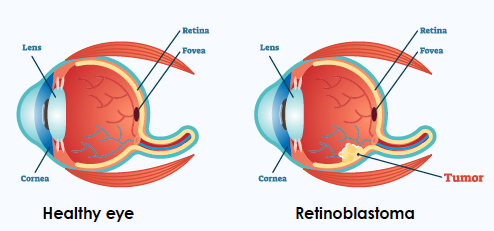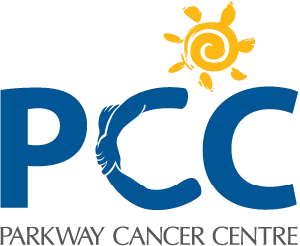News & Articles

Retinoblastoma (Eye Cancer in Children): Rare But Curable

Retinoblastoma: Rare but curable
Parkway Cancer Centre’s Dr Anselm Lee Chi-Wai looks at this unusual cancer affecting very young children.
Retinoblastoma is a unique cancer that affects only children, especially infants and toddlers.
While it is the most common eye cancer in children, it is still a rare disease: Every year, just three in a million children are affected by retinoblastoma.
Unlike most other childhood cancers, retinoblastoma has a genetic origin in one-third of cases (the hereditary form).
Children with the hereditary form of retinoblastoma often get the cancer at a younger age and tend to have retinoblastoma in both eyes.
Children with the non-hereditary form of retinoblastoma, however, are usually diagnosed later, and often only one eye is affected.
As retinoblastoma tends to affect very young children, parents and doctors cannot rely on the affected child to tell them anything – not even of any pain.
The detection of retinoblastoma thus relies on signs of abnormalities in the eyes.
The earliest sign is the so-called “cat’s eye reflex”, which is an abnormal pupillary reflection from the pupil of the eye. This is often spotted by parents as a white reflex from a photograph taken with a flash.
Other signs include dangling eyes (nystagmus) and a squint. In late stages, blood shots can be seen in the white of the eye or even pus collecting in front of the lens.
In the worst cases, the orbit is swollen and the whole socket may be swollen and deformed. The affected eye may also pop outwards.
There are many ways to treat retinoblastoma, all of which are aimed at killing the cancer cells. These include laser therapy; cryotherapy; radiotherapy; conventional, selective intra-arterial and intravitreous chemotherapy; and surgery.
The choice and combination of treatment will depend on the stage of the cancer, the size and position of the tumour, and whether both eyes are affected.
In their treatment approach, doctors will typically aim to cure the cancer while trying to save the useful eyes. This is often possible when the cancer is diagnosed early. In late cases or when useful vision cannot be salvaged, surgery to remove the eyeball has to be done.
In Singapore, children who get retinoblastoma have the hope of a good outcome. Survival rates are close to 100 per cent, making retinoblastoma one of the most curable cancers.
Retinoblastoma: Facts & figures
Types of retinoblastoma

Hereditary retinoblastoma
Tends to develop at an earlier age, usually affects both eyes.
Non-hereditary retinoblastoma
Usually diagnosed later and affects one eye.
Facts & figures
No.1 - Most common eye cancer in children
3 in 1,000,000 - Children affected around the world each year
1/3 - of cases are hereditary
2-4 years - Typical age at which it is diagnosed
Screening
There is no recommended screening test for retinoblastoma, but regular eye examinations in the early years can help.
- For children with family history, they have a 50% chance of developing retinoblastoma. Get an eye examination soon after birth and have regular eye examinations in the first few years.
- In families whose genetic changes are identified, genetic testing can predict if a child will get retinoblastoma or not.
- Bring your child to a doctor immediately if you see any abnormal signs or symptoms in the eyes.
Symptoms
- “Cat’s eye reflex”, an abnormal pupillary reflection from the pupil of the eye. This is often spotted as a white reflex from a photograph taken with a flash.
- Dangling eyes (nystagmus) and a squint.
- Blood shots in the white of the eye.
- Pus collecting in front of the lens.
- Swollen orbit. The whole socket may also be swollen and deformed, and the affected eye may pop outwards.
| TAGS | rare cancer |
| PUBLISHED | 12 September 2019 |
